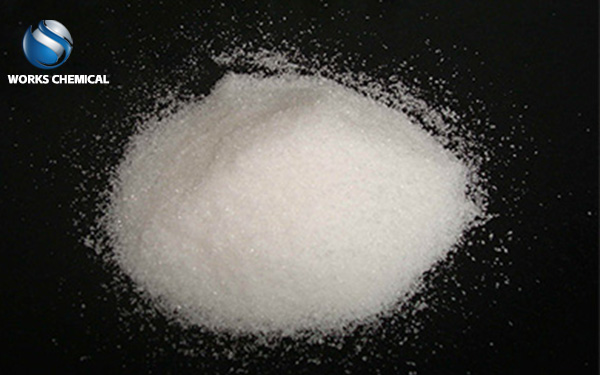
Reducing sludge moisture content in wastewater treatment plants is a complex but crucial process that helps improve the efficiency of sludge treatment and the feasibility of final disposal. Here are some effective strategies and methods:

One. Optimization of sludge pretreatment
Adjust sludge properties: By adding coagulants, flocculants and other chemical agents, improve the settling performance and dewatering performance of the sludge, thereby helping to reduce the moisture content in the subsequent treatment.
Sludge homogenization: Ensure that the sludge has uniform physical and chemical properties before entering the dehydration equipment, which helps to improve the efficiency of dehydration.
Two. Improve dehydration technology
Mechanical dehydration: The use of belt filter press, plate and frame filter press, centrifugal dehydrator and other mechanical dewatering equipment, through the physical pressure to extrude the water in the sludge. The choice of these equipment should be determined according to the specific nature of the sludge and the amount of treatment.
Hot drying: The use of heat sources to heat the sludge to a certain temperature, so that water evaporation, thereby reducing the moisture content. However, this method has high energy consumption and needs to consider both economic and environmental benefits.
Natural drying: If conditions permit, natural conditions (such as sunlight, wind) can be used to dry the sludge naturally. This method is low cost, but takes a long time and is more affected by the weather.
Three. Enhanced sludge conditioning
Chemical conditioning: By adding chemical agents (sludge conditioner), change the colloidal structure of the sludge, so that it is easier to dehydrate. However, it is necessary to pay attention to the dosage and type of chemical agents to avoid secondary pollution to the environment.
Biological conditioning: using the metabolic activities of microorganisms to change the biochemical properties of sludge and improve the dehydration performance. This method usually requires a longer processing time, but has the advantages of being environmentally friendly and sustainable.
Four. Application of innovative technology
Electroosmotic dehydration: The use of electric fields, so that the water in the sludge through the semi-permeable membrane to migrate to the other side, so as to achieve dehydration. This method is suitable for the treatment of sludge with high moisture content, but the equipment investment and operation cost are high.
Membrane separation technology: Through ultrafiltration, nanofiltration and other membrane technology, the water and solute in the sludge are separated to achieve the purpose of dehydration. This method is efficient, but the cost of membrane and maintenance costs are high.
Five. Follow-up treatment and resource utilization
Sludge incineration: the dehydrated sludge is incinerated to reduce the volume of sludge and recover heat energy at the same time. However, it is necessary to pay attention to the secondary pollution problems that may occur in the incineration process.
Land use: The dehydrated sludge is used as a soil conditioner or fertilizer to realize the resource utilization of the sludge. However, it is necessary to pay attention to the content of heavy metals and other harmful substances in the sludge to ensure that it does not cause harm to soil and plants.
In summary, it is necessary to consider a variety of factors and technical means to reduce the moisture content of sludge in sewage treatment plants. In actual operation, the appropriate treatment methods and equipment should be selected according to the specific nature of the sludge, the amount of treatment, economic and environmental benefits and other factors. At the same time, the monitoring and management of sludge treatment process should be strengthened to ensure that the treatment effect reaches the expected goal.